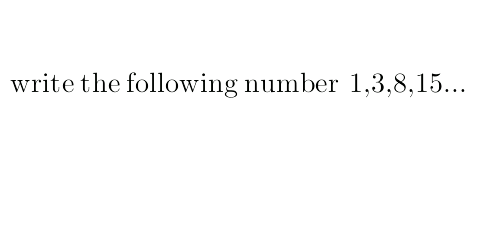
AllQuestion and Answers: Page 1904
Question Number 19264 Answers: 1 Comments: 2

Question Number 19250 Answers: 0 Comments: 2
Question Number 19247 Answers: 1 Comments: 2

Question Number 20046 Answers: 0 Comments: 3
Question Number 19245 Answers: 1 Comments: 1
Question Number 19243 Answers: 0 Comments: 3
Question Number 19239 Answers: 1 Comments: 0
Question Number 19230 Answers: 1 Comments: 0

Question Number 19223 Answers: 1 Comments: 7
Question Number 19215 Answers: 1 Comments: 0
Question Number 19204 Answers: 0 Comments: 1
Question Number 19198 Answers: 1 Comments: 7
Question Number 19195 Answers: 1 Comments: 1
Question Number 19194 Answers: 2 Comments: 0

Question Number 19193 Answers: 1 Comments: 0
Question Number 19192 Answers: 0 Comments: 2
Question Number 19262 Answers: 1 Comments: 0
Question Number 19182 Answers: 2 Comments: 0
Question Number 19171 Answers: 1 Comments: 1
Question Number 19154 Answers: 0 Comments: 0
Question Number 19150 Answers: 1 Comments: 4
Question Number 19148 Answers: 1 Comments: 0
Question Number 19140 Answers: 0 Comments: 9
Question Number 19137 Answers: 1 Comments: 1
Question Number 19135 Answers: 1 Comments: 0
Question Number 19134 Answers: 1 Comments: 0
Pg 1899 Pg 1900 Pg 1901 Pg 1902 Pg 1903 Pg 1904 Pg 1905 Pg 1906 Pg 1907 Pg 1908
